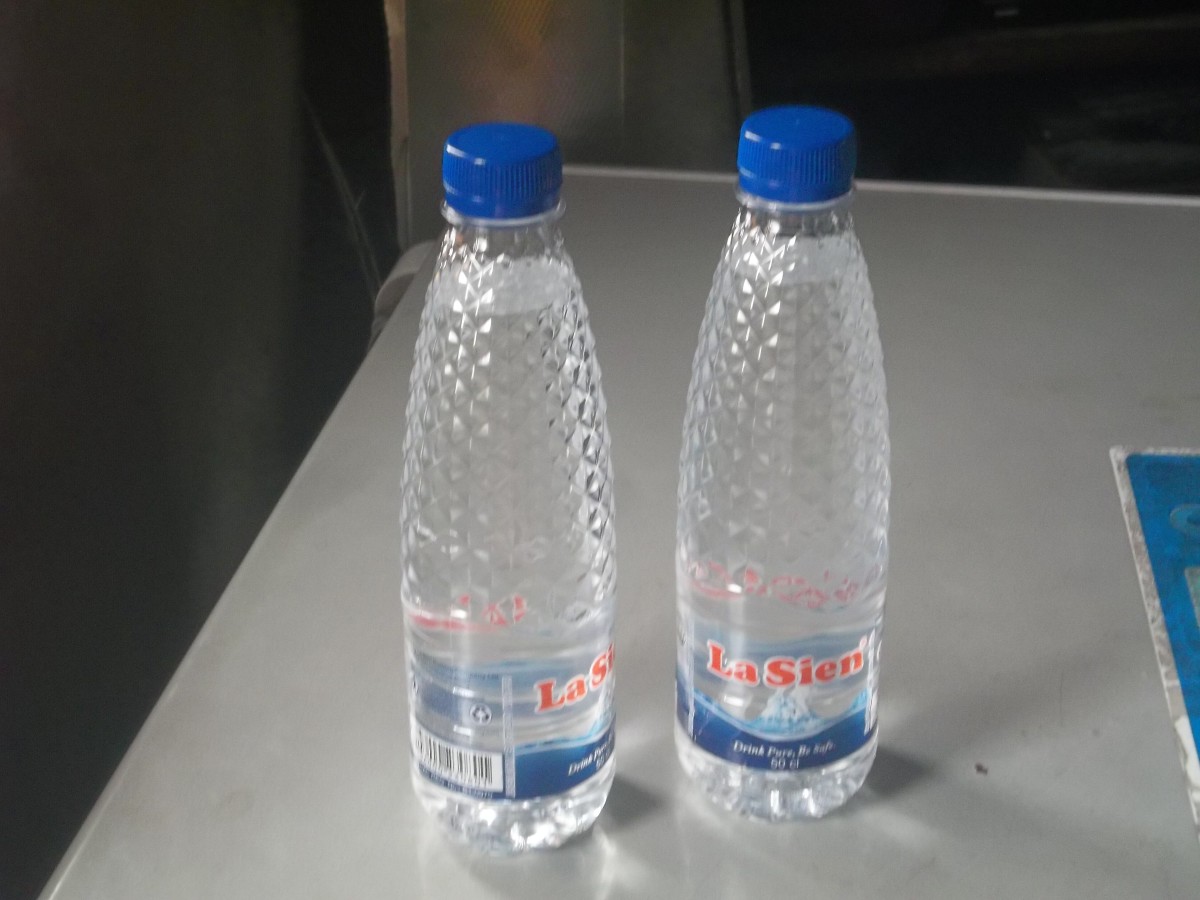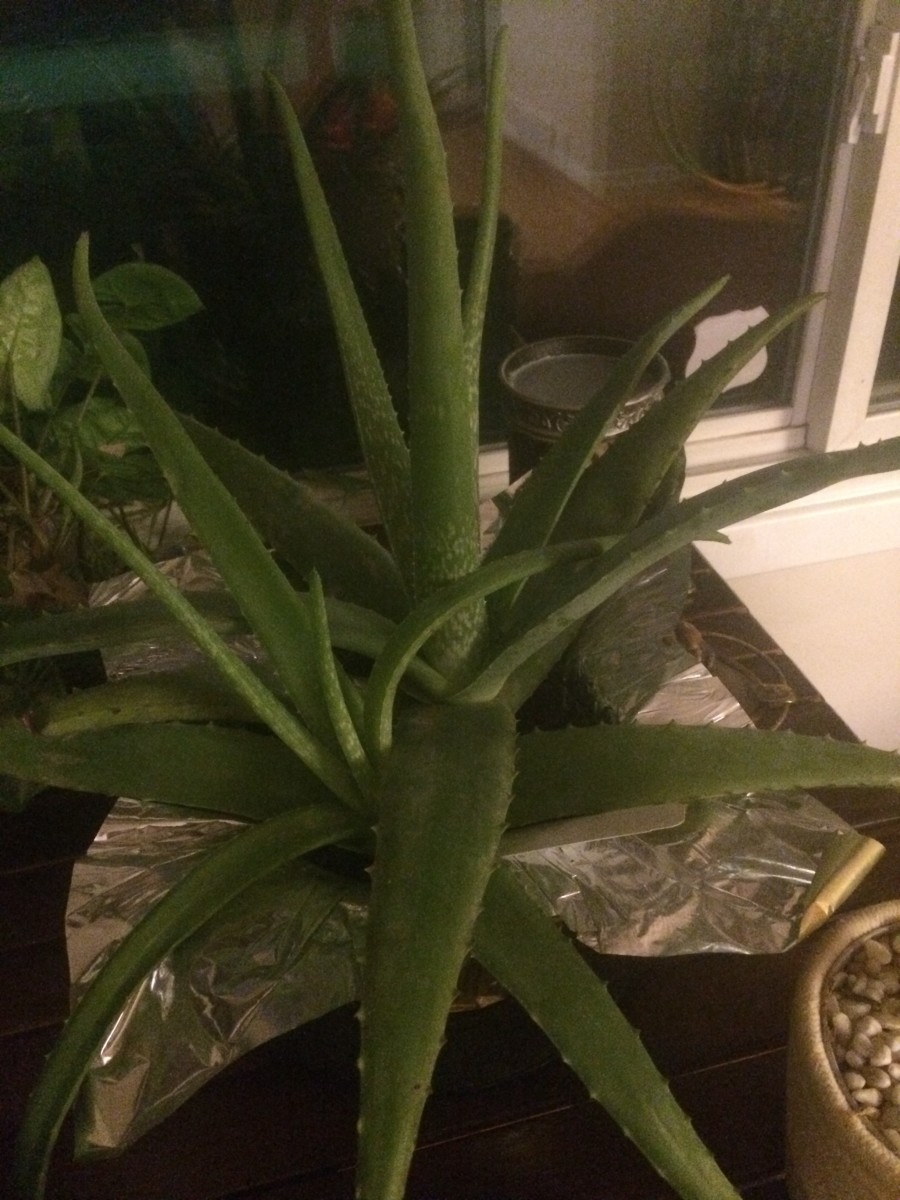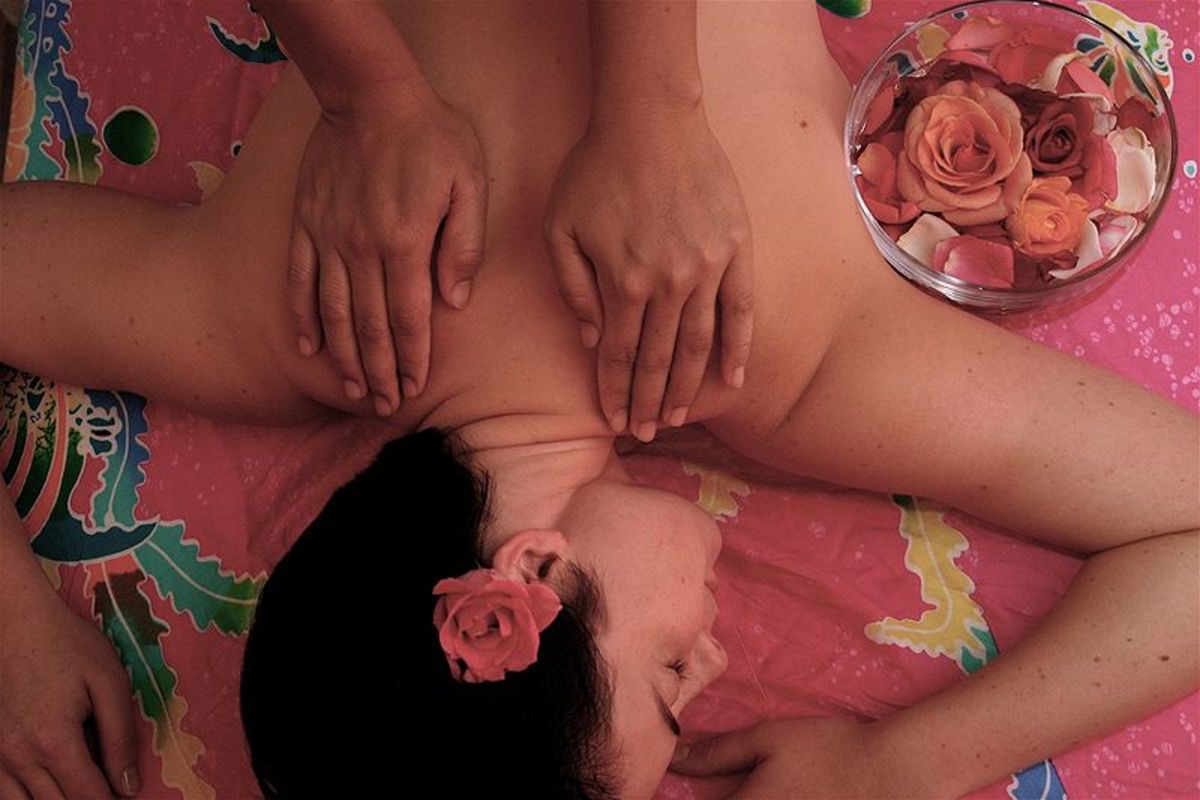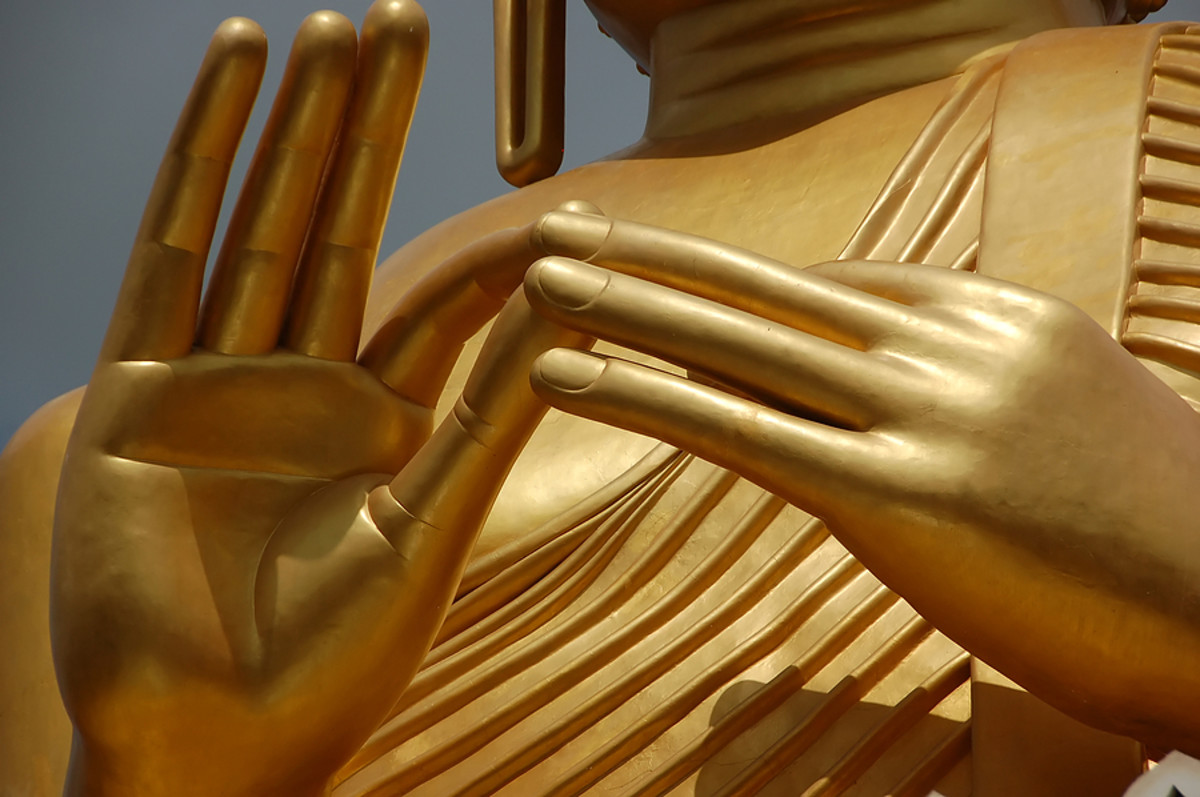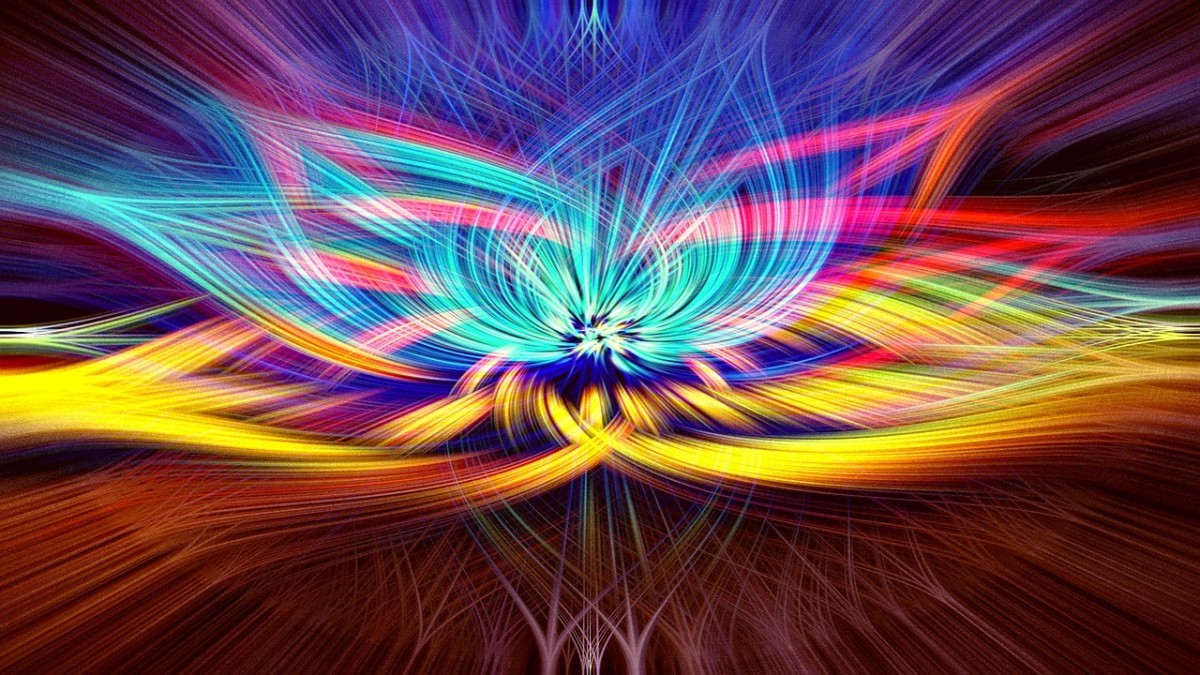Science of Life - Ayurveda Medicine – and Ancient Medicine
Makeup and Working of Human Body
Hippocrates, an ancient Greek physician, c. 460 BC – c. 377 BC is credited for improving the early medicine. More than 3000 years ago, the western world physicians believed the makeup and workings of the human body was based on four humors namely the black bile, yellow bile, phlegm, and blood. At about the same time, the Asians (and in particular the Indians), believed the makeup and workings of the human body was made up of three doshas (humors) namely:
- Pitta
- Kapha
- Vatha.
Ayurveda
Ayurveda is taken to be the knowledge of long life. Ayurveda assumes that a balance of the three Doshas gives optimum health to the body, mind and spirit. From the 3 Doshas, there are five elements namely:
- Earth,
- Water,
- Fire,
- Air
- Space
Below, is a star image illustrating the three doshas and the corresponding five elements of the three Doshas.
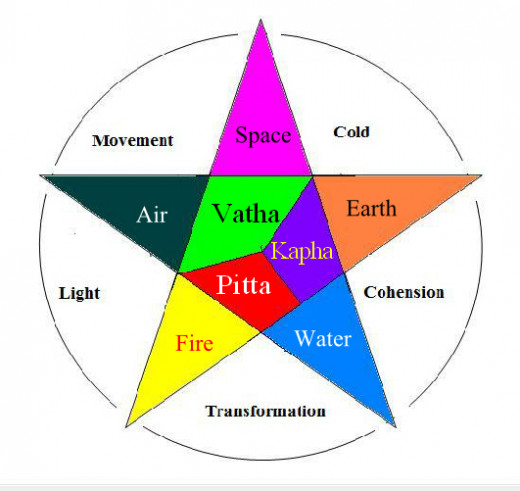
Component of each Dosha
From the image of the Doshas (humors) shown above, the corresponding elements that comprise each Dosha are as follows:
- Pitta = Fire + Water
- Kapha = Earth + Water
- Vatha = Air + Space
Qualities of Doshas
From the image of the doshas (humors) shown above, the main quality and corresponding sub-qualities of each dosha are as follows:
- Vatha = Movement, and other qualities are light, cold, etc.
- Kapha = Cohension or construction, and other qualities are cold, etc.
- Pitta = Transformation, and other qualities are light, etc.
From the above statements, if for example we were to take our bodies to be a car, we can argue that Vatha will be the wheels to provide movement, Pitta will be the engine to provide the energy and Kapha will be the structure that holds the car together. This therefore would suggest the following about our bodies:
- That Vatha is the impulse principle that mobilizes the functions of the nervous system.
- That Pitta is the bile that directs digestion and body metabolism
- That Kapha is the phlegm fluid which relates to mucous, lubrication and the carrier of nutrients
Every Two Doshas Share One Quality
From the above image, every two doshas share one quality whilst the third dosha is the opposite:
- Vatha and Pitta share the ‘light’ quality; Kapha is the opposite
- Vatha and Kapha share the ‘cold’ quality, Pitta is the opposite
- Pita and Kapha share the ‘water’ element, Vatha is the opposite
By the use of the principle of opposites, the doshas can be adjusted to balance for a health body. If the three doshas are not in the right proportions, then, there is illness in your body. Every person has different ‘right proportion’ of the doshas.
Temperament
In ayurveda, temperament is a person's nature as it permanently affects his/her behavior. It is your usual mood. Temperaments in humors are the aspects of a person’s personality, such as introversion and extroversion, which are innate rather than learned. Obviously, you know yourself and as such your temperament can be evaluated if only you can answer a few simple questions about yourself.
It is by obtaining your temperament that the results can be matched to obtain the ‘right proportion’ of your doshas. For example, you may answer the simple questions and the results may show that the right balance of your doshas for a healthy you is, say, Pitta – 60%, Kapha – 25%, Vatha – 15%. Now, we know the ‘right proportion’ of your doshas for you to be healthy.
But then you are ill, and the physician can see the symptoms. From the symptoms, the physician can tell if you have deficit or excess of Kapha, Vatha or Pitta. The deficit or excess dosha is controlled by feeding or reducing the appropriate diet to be fed on the patient.
Pitta Characteristics
When Pitta is in excess, a patient will be thirst, have high appetite, sweating, less sleep, burning sensation, yellow hue on the feces, eyes, and skin. When there is a deficit of Pitta, a patient will have no appetite; have low body temperature and paleness.
Vatha Characteristics
When Vatha is in excess, a patient will lose weight, will shake, will loss shade or color, will have swollen abdomen, will have constipation, will be weak, will have insomnia and have breathing problems. When there is deficit in Vatha, a patient may have pain in the body, have a weak voice, loss of memory and can as well become unconscious.
Kapha Characteristics
When Kapha is in excess, the body has a lot of strength, the skin will be shiny than what is usually normal and the eyes will be cool. When there is deficit in Kapha, a patient will be salivating, sleepiness, loss of appetite, coughing, feeling of heaviness, weakness, and shortness of breath.
Treatment
From the above, you look at the symptoms a patient have and determine whether the patient has a deficiency or excess of Kapha, Vatha or Pitta. From the patient’s temperament, the patient will answer an ayurveda quiz to determine the optimum balance ratio of Kapha, Vatha or Pitta. Once this information is known, a prescription is made of the diet and herbs a patient should take to cure the disease. Usually, plant-based medicines and treatments are used. Also, animal products such as milk, bones, fats and cattle gallstones are used in addition to minerals such as sulfur, arsenic, gold, lead, and copper sulfate. Ayurveda treatment will also recommend exercises, yoga, and meditation as a cure for a disease. At present, use of toxic metals has been eliminated altogether.
Next, and below, is a Simple Ayurveda Quiz for you to do.
Select Either: Vatha, Pitta, or Kapha for Each Observation Row
Observation
| Vatha
| Pitta
| Kapha
|
|---|---|---|---|
Ability to Add Weight
| Hard =______
| Moderate =______
| Easy =______
|
Appetite
| Irregular =______
| Can't Skip Meals =______
| Regular =______
|
Body Frame Type:
| Thin = ______
| Medium = ______
| Large =______
|
Dreams
| Multiple and Fearful =______
| Mostly about Fires =______
| Slow and Romantic =______
|
Eye Color
| Small = ______
| Sharp Medium = ______
| Big = ______
|
Lips
| Big, Thin Gums = ______
| Medium, Tender Gums = ______
| White, Strong Gums = ______
|
Nails
| Dry Nails =______
| Sharp Nails = ______
| Thick Nails =______
|
S.E.X Drive
| Moderate =______
| Romantic =______
| High or Low =______
|
Skin
| Thin =______
| Flushed =______
| Smooth =______
|
Sleeping Habits
| Short =______
| Moderate =______
| Deep =______
|
Stool
| Hard or Constipation =______
| Soft =______
| Diarrhea =______
|
Stress Emotions
| Anxiety =______
| Anger =______
| Withdrawn =______
|
Teeth
| Big, Thin Gums = ______
| Medium, Tender Gums = ______
| White, Strong Gums = ______
|
Travel
| Comfortable at Home =______
| Love to Travel =______
| Travel if Fine Weather =______
|
Voice
| Hither Thither =______
| Precise =______
| Slow =______
|
Total Selected
| Vatha =______
| Pitta =______
| Kapha =______
|
A Simple Ayurveda Quiz for you to do to determine your Dosha balance
Interpreting the Ayurveda Quiz
From the table above, select if the description under Vatha, Pitta, or Kapha for each observation is what fits your most consistent characteristic or temperament. There are 16 questions. Lets assume you get a ‘total selected’ of Vatha = 9, Pitta = 5, Kapha = 2.
From the assumed selection, you are 56% Vatha, 31% Pitta and 13% Kapha. This means your dominant dosha(s) are Vatha and Pitta.
Now that you know your dominant dosha(s), how does it help you? Knowing your dominant doshas is important because it will help you notice when your body is getting out of balance and what to do to balance your doshas.
Ayurveda Today
Today, ayurveda is all about treating the whole body including the mind, senses, emotions and spirit rather than just trying to cure the symptoms. Rather than taking pain killers to cure your headache, ayurveda will treat the root cause of your headache.
To lead a healthy lifestyle that will prevent diseases from taking root in you, get to know your doshas and then follow the appropriate ayurveda diet for your Doshas’ ratio.
Ancient Western-World Medicine vis-à-vis Indian Ayurveda Medicine
Comparison between the ancient western world medicine and Indian ayurveda medicine is as follows:
Ancient western world medicine was based on four humors - black bile, yellow bile, phlegm, blood – and four element – air, fire, earth, and water.
Ancient Indian Ayurveda medicine was based on three humors – Vatha, Pitta, Kapha – and five elements – air, fire, earth, water, and space. In addition, ayurveda has 7 more constituent elements of plasma, blood, flesh, fat, bone, marrow, and reproductive tissue/ fluid.
If you have liked this article, and you would want this page to keep up and improved, you can help in any way you can. A free way to help would be to link back to this webpage from your web page, blog, or discussion forums.
The Author’s page is designed to help beginners and average readers make some money as an extra income to supplement what they may be earning elsewhere - details of which you can find in My Page, if you will.



